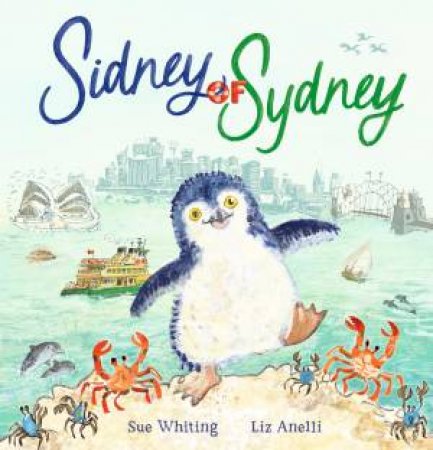Sidney of Sydney by Sue Whiting Liz Anelli

Sidney is a Little Penguin who lives in big Sydney Harbour. From the day he hatched he was curious, and his mama and dada spent their time trying to keep him out of trouble and safe as he explores his small world around him. But there comes a time when even Little Penguins have to grow up and be independent, and keep themselves safe. For Sidney, this is tricky because he is still as curious as ever and one day he decides to follow the ferry to see where it is going... . While he can't keep up with the ferry, there is much to explore until a storm hits and he is buffeted and churned up by the waves, carried far from home and all that is familiar. Is this his last adventure ever?
Based on a true story, this is a charming tale about treading the fine line between being naturally curious and foolhardy - perhaps "curiosity killed the cat" could underpin it, although this one does have a happy ending.
Just as little ones will enjoy it as a standalone story, sharing what they know about Sydney and penguins, older students might like to investigate how what starts as a fleeting human interest story becomes the kernel for building something as engaging as this. How has the author taken an article in a newspaper and built such an appealing story? Working backwards, what questions might she have asked? What research might she have done? How has she blended fact and fiction? Having put some flesh on the kernel, how has she built a character by considering feelings, emotions and motives? What are the why, when, who and how that got that anonymous little penguin into that drain in Haberfield? And those who prefer to illustrate than write could ask the same questions about Lis Anelli's illustrations. What did she need to know to bring Whiting's words and character to life, particularly as illustrators usually get the manuscript after the words are written. What techniques, colours and media did she use to make Sidney so realistic? Such speculations deepen students' understandings about story-crafting so they improve their own and this is the perfect example of how connections are made. Activity sheets are available.
For me, the best storybooks are those that lead readers (and reviewers) down rabbit-holes by being entertaining as well as educational - and this is certainly one of those.
Themes: Penguins, Sydney, Curiosity.
Barbara Braxton